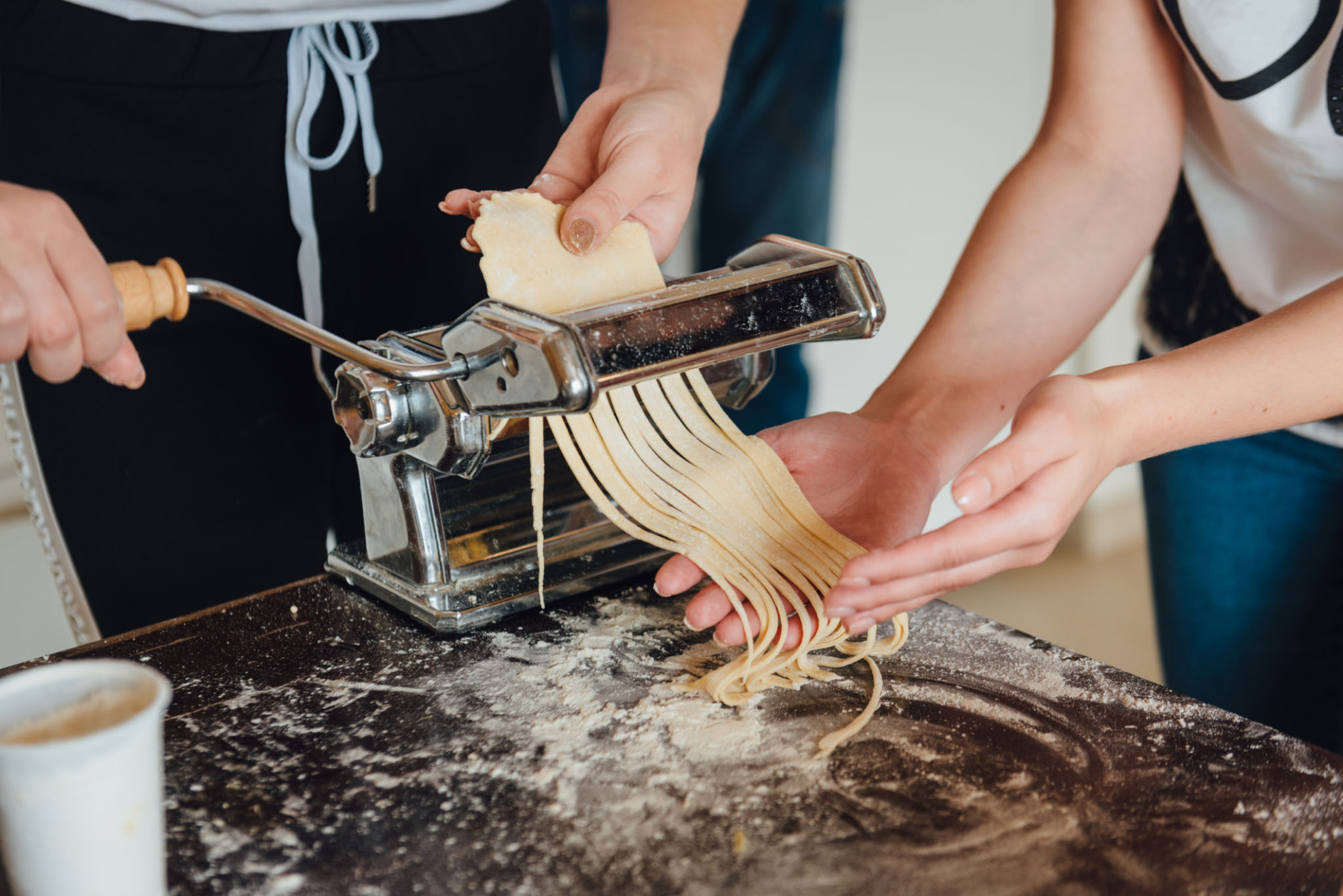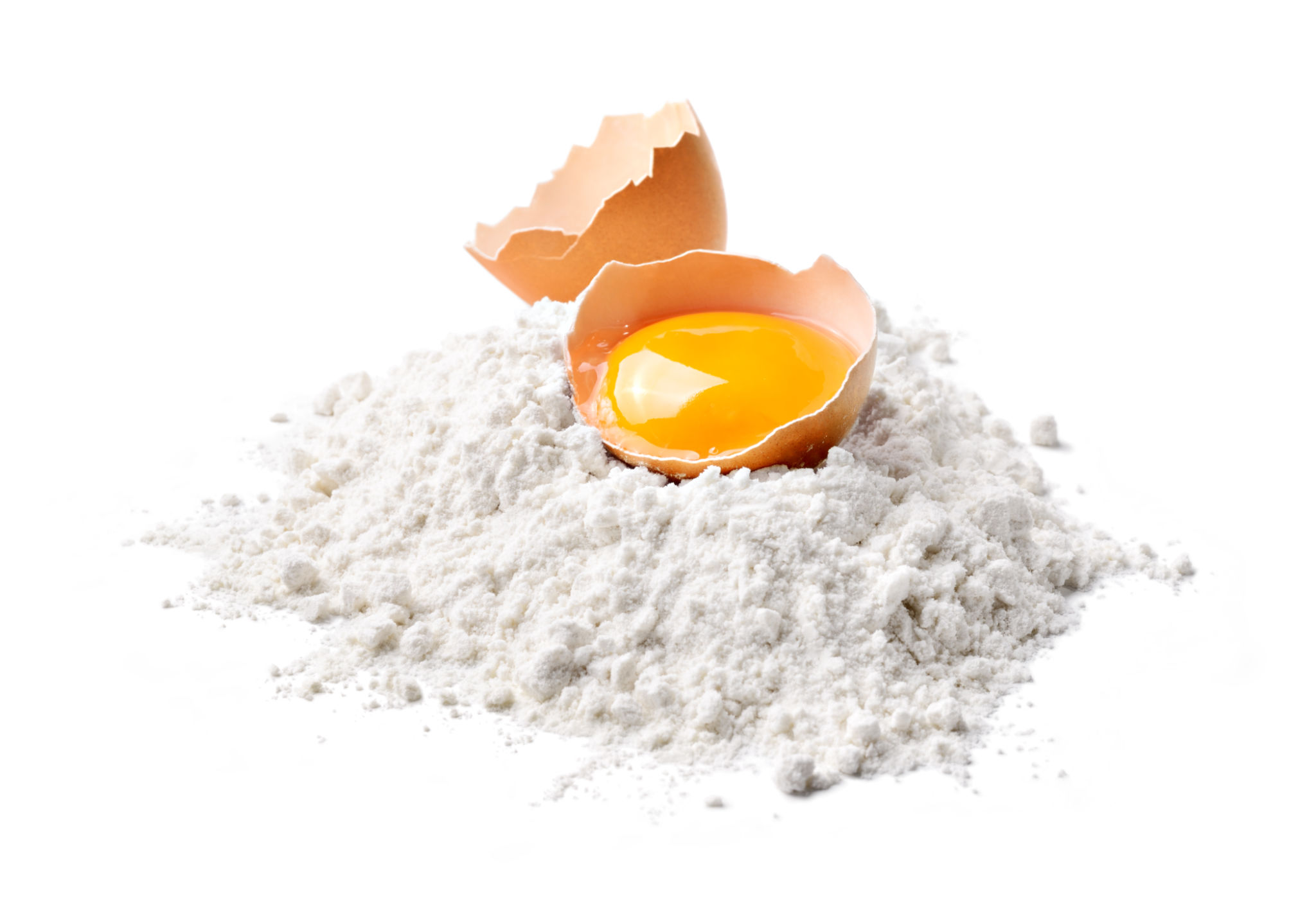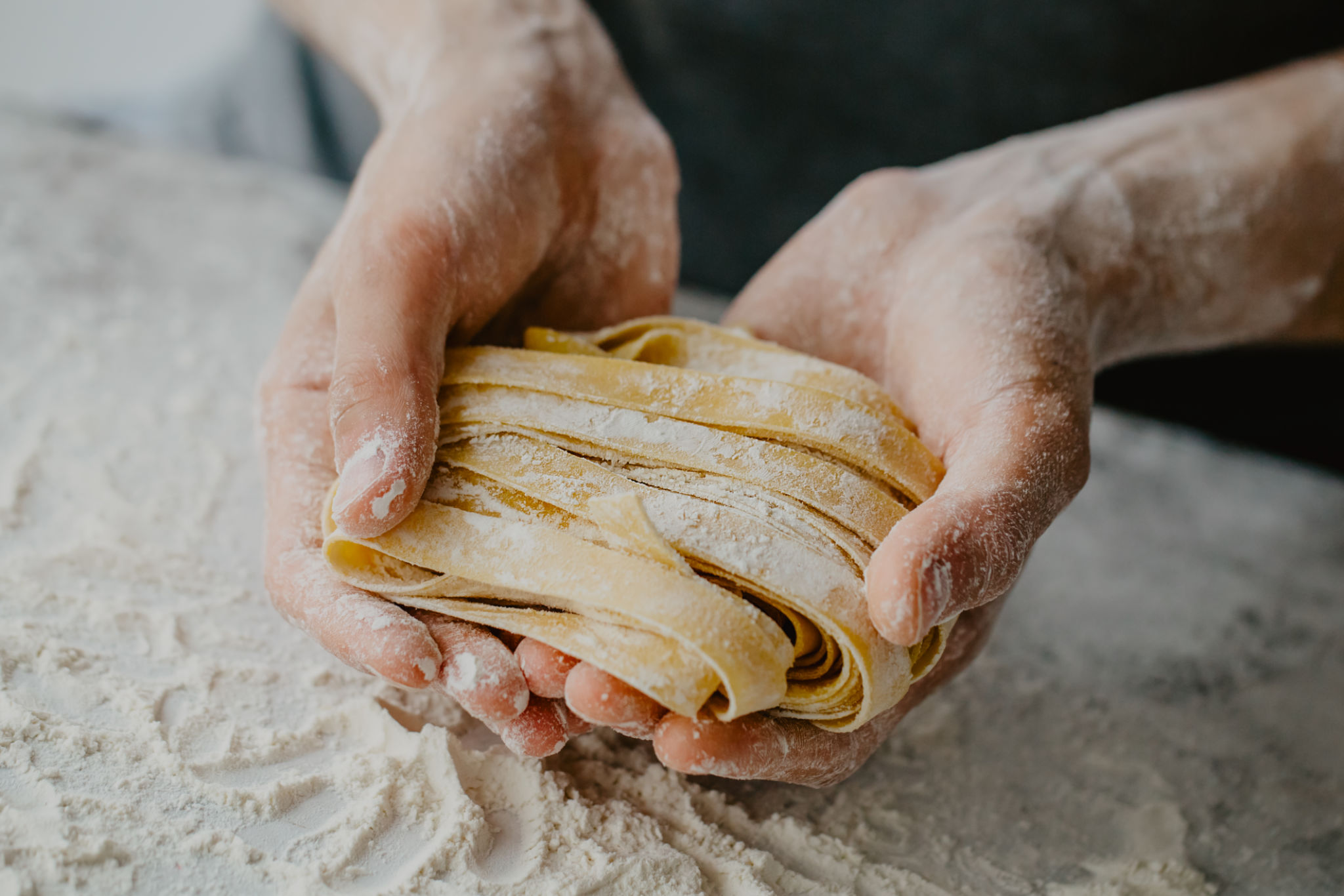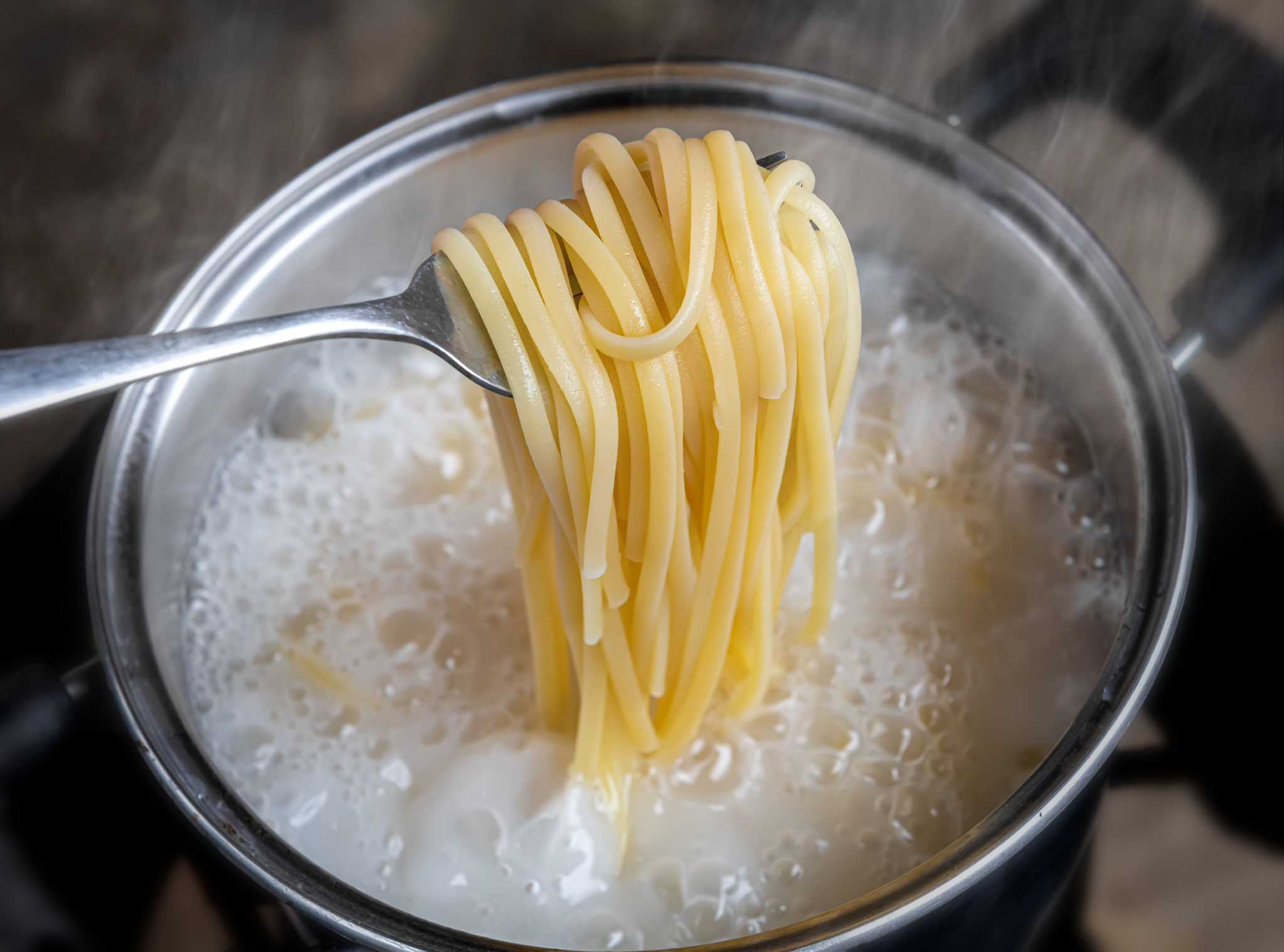Mastering the Art of Homemade Pasta: A Comprehensive Guide
Introduction to Homemade Pasta
Making pasta from scratch is more than just a culinary task—it's an art form that can be both therapeutic and rewarding. While store-bought pasta is convenient, nothing compares to the taste and texture of fresh, homemade pasta. In this guide, we'll walk you through the steps to master this art, ensuring you can create delectable pasta dishes from the comfort of your kitchen.

Essential Ingredients and Tools
The foundation of great pasta lies in its ingredients. You'll need just a few simple items: flour, eggs, salt, and a touch of olive oil. For the flour, you can choose between all-purpose flour or finely ground Italian "00" flour for a silkier texture. When it comes to tools, a pasta machine is ideal for rolling out dough evenly, but a rolling pin will suffice in a pinch.
Choosing the Right Flour
All-purpose flour is versatile and readily available, making it a popular choice for many homemade pasta recipes. However, using "00" flour can elevate your pasta, offering a finer, more tender dough. Experiment with different flours to find your preferred taste and texture.

The Pasta-Making Process
Making pasta involves three primary steps: mixing the dough, kneading, and rolling it out. Start by creating a well in your flour and cracking eggs into it. Gradually mix the eggs with the flour until a dough forms. Knead the dough for about 10 minutes until it's smooth and elastic. Let it rest for at least 30 minutes to relax the gluten.
Rolling and Cutting the Dough
Once rested, divide the dough into manageable pieces. Roll each piece through your pasta machine or with a rolling pin until you achieve the desired thickness. Depending on your preference, cut the sheets into shapes like fettuccine, tagliatelle, or lasagna.

Cooking Your Pasta
Fresh pasta cooks much faster than dried varieties. Bring a large pot of salted water to a boil and cook your pasta for 2-4 minutes. Taste it frequently to ensure it's cooked to your liking. Once ready, drain the pasta and toss it with your favorite sauce or topping.
Pairing Pasta with Sauce
The type of pasta you choose often dictates the sauce pairing. Thicker pastas like pappardelle pair well with hearty ragùs, while delicate strands like angel hair complement lighter sauces such as aglio e olio. Experiment with combinations to discover new flavor profiles.
Tips for Perfect Pasta
- Always let your dough rest before rolling it out to improve elasticity.
- If using a pasta machine, gradually reduce the thickness settings for even results.
- Dust your cut pasta with semolina flour to prevent sticking.
- Experiment with flavors by adding herbs or spices to the dough.

Conclusion
Mastering homemade pasta takes practice and patience, but the results are worth every effort. By following this comprehensive guide, you'll gain confidence in creating fresh pasta that can rival any restaurant dish. So roll up your sleeves, gather your ingredients, and start crafting delicious homemade pasta today!